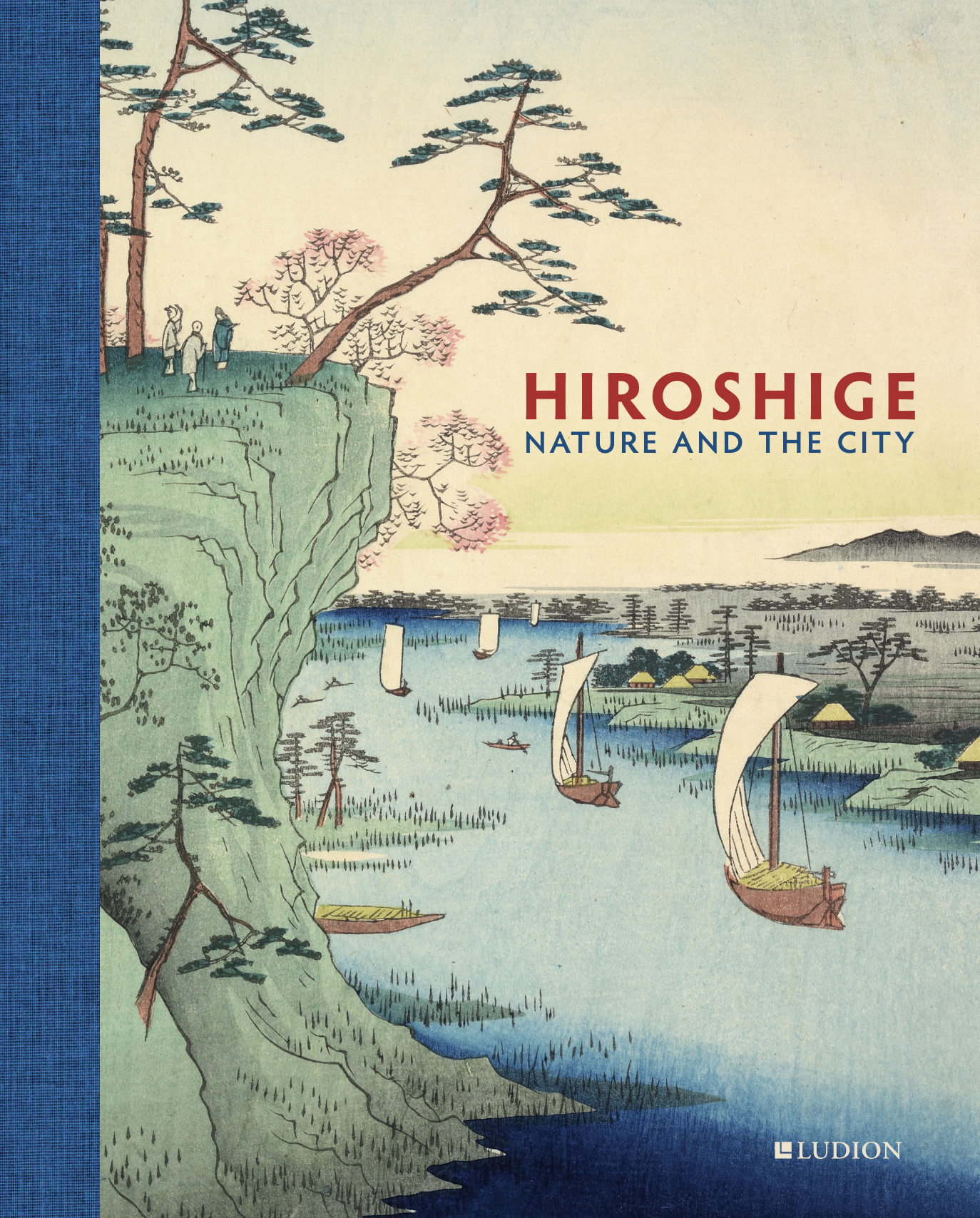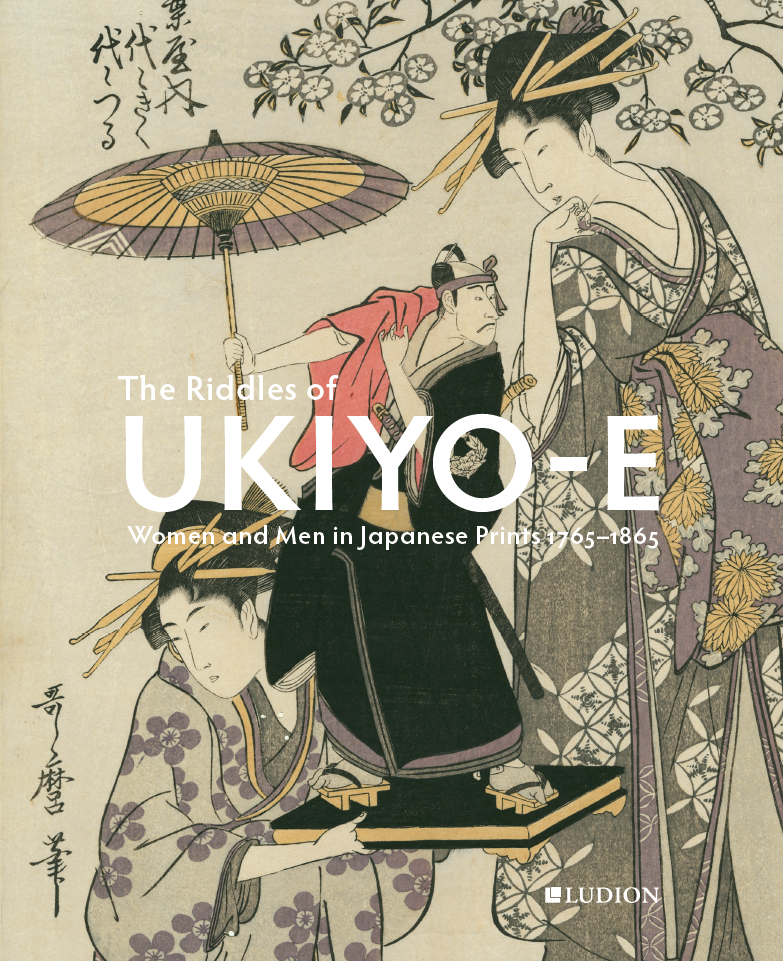Jim Dwinger, Philo Ouweleen, Chris Uhlenbeck
The 20th century is a relatively overlooked period in Japanese printmaking. Since the 1990s, however, museums and private collectors have shown a growing interest in shin hanga (‘new prints’). These beautiful designs are the fruit of a traditional yet highly successful collaboration between artist, publisher, block cutter and printer. The prints are dominated by two genres: beautiful women by artists such as Goyō, Kotondo and Shinsui and imposing landscapes by artists such as Hasui and Shinsui. However, it is not so much in their subject matter as through their visual language that shin hanga prints set themselves apart from their traditional precursors. Where the classically depicted women were stylised and idealised, their more recent counterparts were based on real models and are charged with emotion. The shin hanga landscapes, meanwhile, are more impressionistic than figurative, using a range of colour nuances to achieve exceptionally atmospheric results. An astonishing degree of technical perfection is another feature of these prints. The dynamic publisher Watanabe Shōzaburō (1885–1962) was the driving force behind the shin hanga movement. Under his influence, the emphasis shifted from mass production to a more exclusive art form. The fine selection reproduced here is mostly drawn from two large private collections, supplemented by works from the Royal Museums of Art and History in Brussels and, with rare permission, items from the family collection of the publisher Watanabe, the man who started it all. This new edition has been revised and expanded with new illustrations of prints by six artists.



